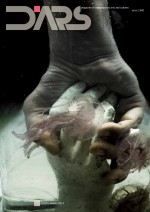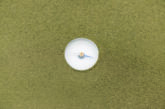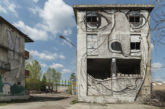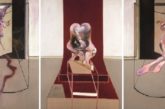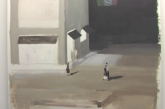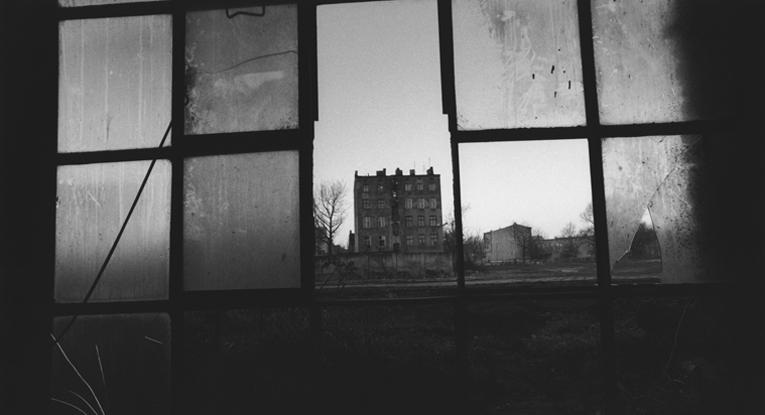
David Lynch, regista acclamato (fra i tanti riconoscimenti Leone d’oro alla Carriera a Venezia per Inland Empire e Palma d’oro a Cannes per Mulholland Drive), ha indiscutibilmente influenzato, grazie al suo sguardo visionario, il cinema degli ultimi trent’anni. Tuttavia egli è una figura anomala, la sua attività in ambito cinematografico – per quanto preponderante nella sua carriera – è solo una delle sperimentazioni di un artista che fin dai tempi della Pennsylvania Academy of Fine Arts a Filadelfia insegue la materializzazione delle sue idee in più forme espressive. E pare che il cinema sia ormai un terreno che Lynch ha già sfruttato a sufficienza. L’ultimo suo lungometraggio, Inland Empire, risale al 20061 ed è la summa dei temi e delle suggestioni che attraversano tutta la filmografia di Lynch, in esso ormai il regista ha scavato talmente a fondo nell’inconscio umano per fissarne le immagini che l’essenza stessa di cinema sembra sia implosa ripiegandosi su sé stessa: un film dentro un film dentro un film. Negli ultimi anni si è acuita l’attenzione verso il resto della produzione artistica di David Lynch, tra pittura, installazione, grafica d’arte, fotografia, sound art. Senza dimenticare che l’attenzione maggiore di Lynch stesso, attualmente, sembra rivolta alla musica, dopo i due album acclamati dalla critica Crazy Clown Time (2011) e The Big Dream (2013), in cui l’artista presta la sua particolarissima voce, spesso distorta, a canzoni che spaziano da un blues allucinato a una new wave elettrica.
Una delle mostre più importanti è stata The Air is on Fire alla Fondation Cartier di Parigi nel 2007, che arriva anche alla Triennale di Milano nel 2008. Quest’anno opere di Lynch sono di nuovo in Italia alla Fondazione MAST di Bologna: The Factory Photographs, una serie di fotografie in bianco e nero scattate dal 1980 al 2000 in diverse fabbriche abbandonate, dalle prime nel New Jersey e a New York agli scatti a Berlino e a Lódz (Polonia).
(…)
Alessandro Azzoni
D’ARS year 54/nr 219/autumn-winter 2014 (abstract dell’articolo in italiano)
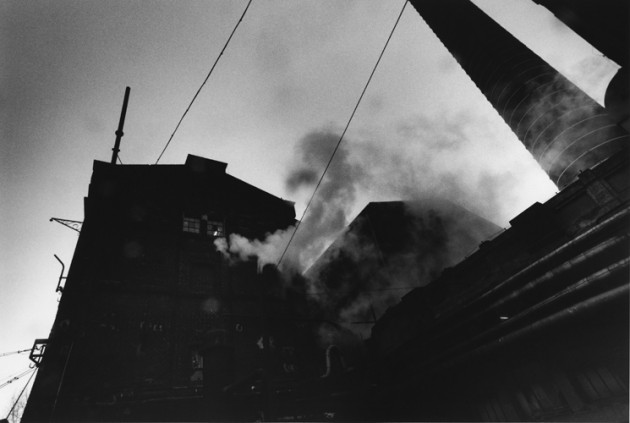
David Lynch, the critically acclaimed director (among his many awards is the Venice Golden Lion for his Career Achievement for Inland Empire and a Golden Palm at Cannes for Mulholland Drive), has, thanks to his visionary outlook, indisputably influenced the cinematic landscape of the last thirty years. However, he is an anomalous figure; his efforts in the cinematic sphere are only experiments by an artist who, since his time at the Pennsylvania Academy of the Fine Arts in Philadelphia, chases the materialization of his ideas in the most expressive forms possible. And it seems Lynch has now decided he has exhausted the medium of film. His last feature movie, Inland Empire, dates back to 20061 and is the culmination of the themes and motifs that characterise Lynch’s filmography. In the film, the director has dug so deeply into the human unconscious to uncover its images that the very essence of cinema seems to have imploded and folded back on itself: it is a movie within a movie within a movie. In recent years, more interest has been turned towards the rest of David Lynch’s artistic production including his painting, installations, printmaking, photography and sound art. Not to mention that Lynch’s current focus seems devoted to music, after the two critically acclaimed albums Crazy Clown Time (2011) and The Big Dream (2013), in which the artist blends his distinctive voice, often distorted, with songs ranging from psychedelic blues to new wave electronica. One of the most important exhibitions was The Air is on Fire at the Fondation Cartier in Paris in 2007, which also arrived at the Milan Triennale in 2008. This year Lynch’s work is back in Italy at the MAST Foundation in Bologna: The Factory Photographs is a series of black and white photographs taken between 1980 and 2000 in several abandoned factories from all over the world, including locations in New Jersey and New York, Berlin and Lodz (Poland).
(…)
Alessandro Azzoni
D’ARS year 54/nr 219/autumn-winter 2014 (abstract dell’articolo in inglese)
Acquista l’intero numero in formato epub/mobi oppure abbonati a D’ARS

